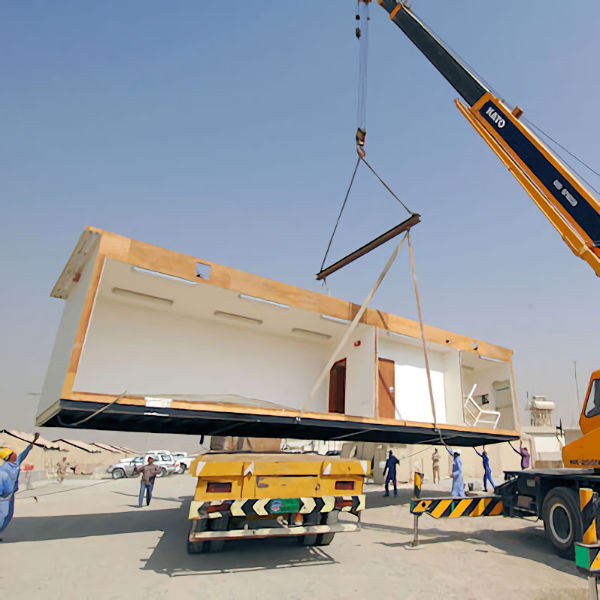Keeping Clear of the Load
Staying out of the fall zone of a hoisted crane load is crucial for personal safety and preventing potential accidents. The fall zone refers to the area where the load could potentially fall if it becomes dislodged or there is a failure in the lifting equipment.
Section 1425 seeks to protect employees against being struck by a moving or falling load.
Safe Hoisting Routes
Where available, hoisting routes that minimize the exposure of employees to hoisted loads must be used, to the extent consistent with public safety.
Stationary Suspended Load
While the operator is not moving a suspended load, no employee may be within the fall zone, except for employees:
- engaged in hooking, unhooking, or guiding the load;
- engaged in the initial attachment of the load to a component or structure; or
- operating a concrete hopper or concrete bucket.
Hooking, Unhooking, or Guiding the Load
LOAD DISENGAGES
When employees in the fall zone are engaged in hooking, unhooking, or guiding the load, or are connecting a load to a component or structure, all of the following criteria must be met:
- The materials being hoisted must be rigged to prevent unintentional displacement.
- Hooks with self-closing latches or their equivalent must be used. Exception: "J" hooks may be used for setting wooden trusses so that a worker need not go onto the truss to open the hook.
- The materials must be rigged by a qualified rigger.
Receiving a Load
Only employees needed to receive a load are permitted to be within the fall zone when a load is being landed.
Knowledge Check Choose the best answer for the question.
3-2. Only _____ are permitted to be within the fall zone when a load is being landed.
You forgot to answer the question!

